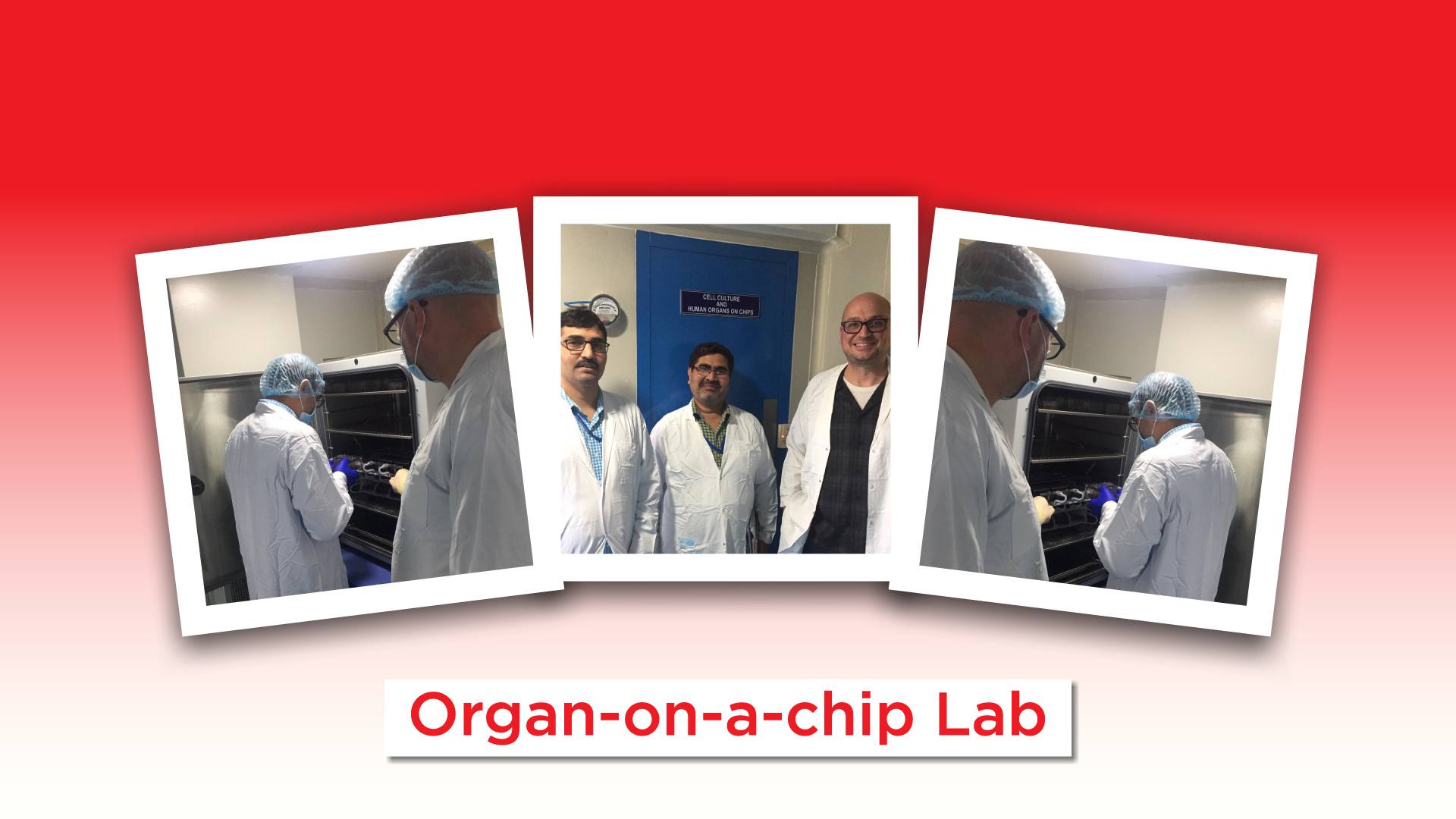What is Organ-on-a-Chip technology and how does it benefit drug research?

The "Organ-on-a-Chip" model is a cutting-edge technology in biomedical research that simulates the functions of human organs on a small, microfluidic chip. These chips contain living cells arranged in a way that mimics the structure and function of specific organs, such as the heart, liver, or lungs.
Key Features:
Microfluidic Channels: The chip has tiny channels through which fluids flow, similar to the way blood and other bodily fluids move through organs.
Cellular Cultures: It uses human cells to build tissues that look and act like real organs. These cells can be derived from stem cells or directly from tissue samples.
Mechanical Stimuli: Some chips apply mechanical forces, like stretching or pressure, to simulate the physical environment of the organ more accurately.
Applications:
Drug Testing: They allow researchers to test how drugs affect specific organs, improving the drug development process and reducing reliance on animal testing.
Disease Modeling: Researchers can study disease mechanisms and test potential treatments in a controlled, organ-specific environment.
Personalized Medicine: They offer a way to tailor treatments based on individual patient profiles by simulating how their cells would respond to various interventions.
Benefits:
Enhanced Accuracy: It provides a detailed simulation of human organ functions, leading to more accurate predictions of how drugs will affect the human body.
Reduced Animal Testing: By offering a viable alternative to animal models, it helps decrease the need for animal testing, aligning with ethical and regulatory standards.
Improved Drug Development: The technology allows for more precise testing of drug candidates, potentially speeding up the development process and improving the effectiveness and safety of new medications.
Read more about us on our Social Media Handles and The Venus Times Newsletter.